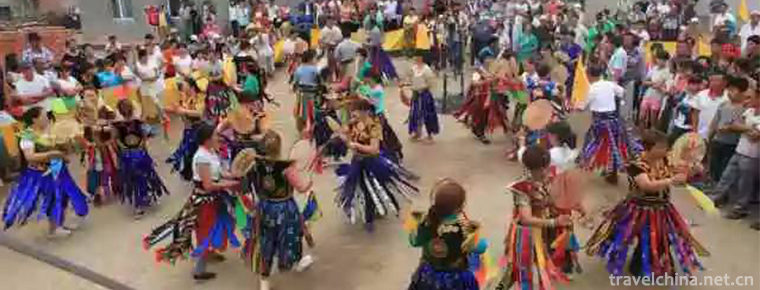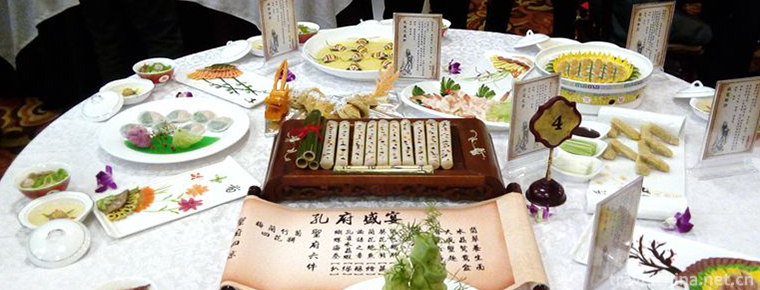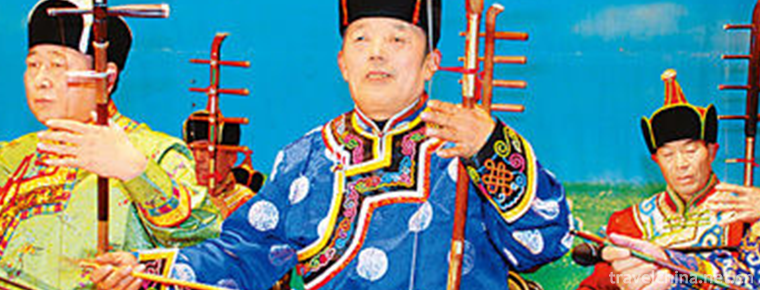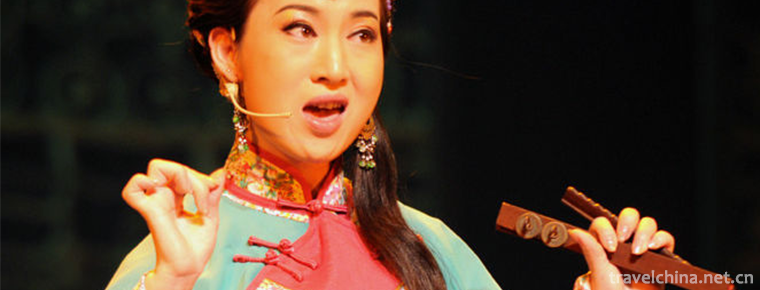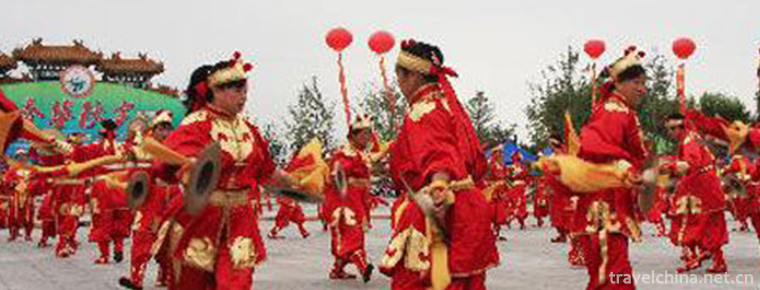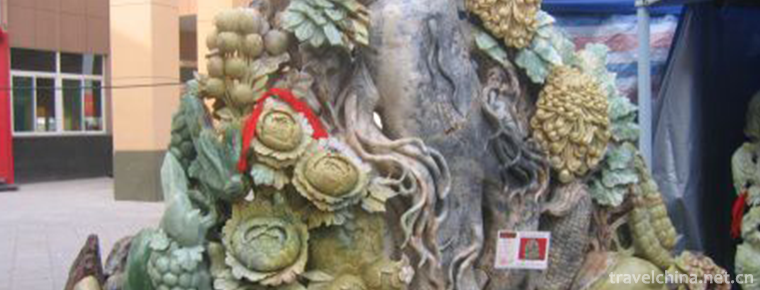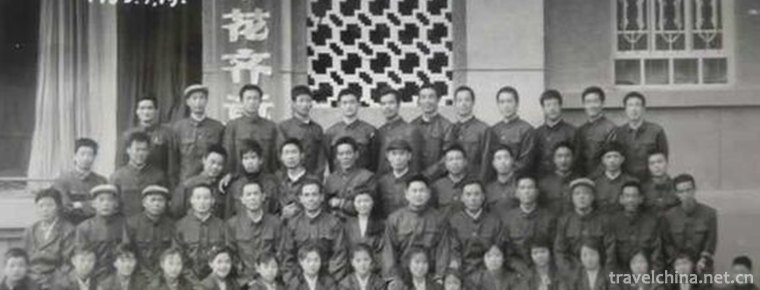Landscape Architecture in Yangzhou
Landscape Architecture in Yangzhou
brief introduction
Yangzhou gardens began in the Western Han Dynasty, flourished in the Sui and Tang Dynasties, matured in the Song and Ming Dynasties, and flourished in the Qianlong Period of the Qing Dynasty. The book "Garden Governance" written by the Ming Dynasty is the first monograph on gardening in the world. It highly summarizes the theory and practice of gardening in Yangzhou, and is still regarded as a classic by gardeners.
He Yuan Shuixin Pavilion
Artistic modeling
The traditional gardens constructed in Yangzhou show unique beauty not only in appearance, but also in structure and detail. It integrates the north and the south, and has its own style. It is magnificent and beautiful, elegant and healthy. The lofty and upright halls and pavilions, the thick and ancient rockery, and the exquisite and leaky walls are beyond the scope of other places. His poetry and painting character and exquisite style highlight the unique style and achievements. "Yangzhou is famous for its scenic gardens and its famous women for its stone bases." "Yangzhou should be the first place in building houses."
Geyuan Baoshan Building
Construction style
Yangzhou's "combination of house and yard" has its unique achievements and style in architecture, and it is an area to study traditional architecture in China. Building a homestead, choosing materials and doing meticulous work, not only pursues the overall effect, but also makes every effort to carve in the subtleties. Landscape architecture in the corridor, window carvings, grinding brick wall, etc., all reflect the exquisite workmanship of building in Yangzhou.
Slender West Lake Wuting Bridge
Yangpai stacked stone pays attention to "hollow and extraordinary", or risk-taking, or floating method to move. In the cave, there are stone beds, benches, tables, water diversion and bridges. There are holes in the cave, which can be traveled, seen and inhabited. The holes are deep and unfathomable, and there are many dangers in the abrupt places. In the early Qing Dynasty, the painter Shi Tao created the "Sheet Stone Mountain House", which is "the sole foundation of the human world". "Four Seasons Rockery", "Spring Mountain, Summer Mountain, Autumn Mountain, and Winter Mountain" in Geyuan have pushed the Yangtze School to a new peak.
Yangzhou Garden is good at making "dry garden water", creating mountain streams, waterfalls, rivers, sea waves and other shapes, boats, bridges, water pavilions, pools and other waterfront scenery, making people feel like water without water, water in mind, its generalization and refinement of water scenery is more symbolic and artistic. In the allocation of flowers and trees, attention should be paid to variety, shape, color, implication and the relationship with other landscapes in order to pursue exquisiteness.
Stone hill house
Inheritance significance
Landscape construction techniques in Yangzhou have gradually formed into a complete and unique art category. The inheritance, protection and development of this art not only plays an indispensable role in maintaining and utilizing the famous gardens and historic blocks of past dynasties, but also plays a prominent role in building cultural cities, garden cities, beautifying people's lives and building a harmonious society.
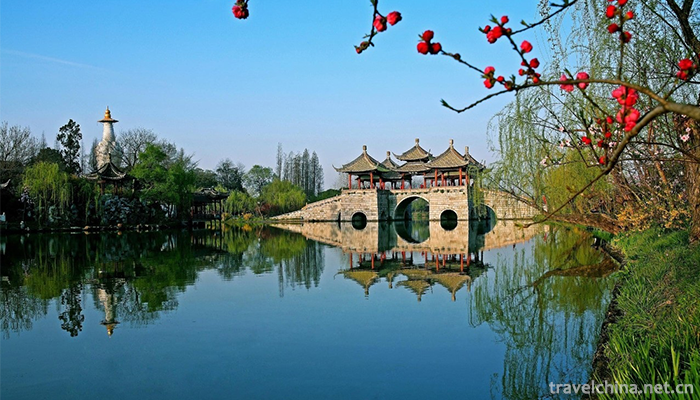
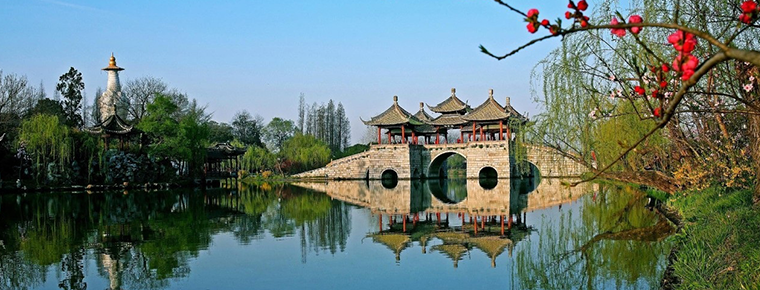
Landscape Architecture in Yangzhou
-
Lijiang River
The Lijiang River, a branch of the upper reaches of the Guijiang River
Views: 108 Time 2018-10-12 -
Bo dance
Horqinbo dance, a primitive religious dance, is a form of Mongolian Bo (Shaman) "Xingbo" (Dancing God) and sacrifice. It is characterized by the combination of inspiration,
Views: 381 Time 2019-04-04 -
Cooking Skills of Confucian Cuisine
The cooking skill of Confucian cuisine, the traditional handicraft of Qufu City, Shandong Province, is one of the national intangible cultural heritages.
Views: 113 Time 2019-05-09 -
Mongolian Sihu Music
Mongolian Sihu music is one of China's intangible cultural heritage. Mongolian Sihu is one of the most distinctive Mongolian musical instruments, stringed instruments.
Views: 208 Time 2019-06-04 -
Shaoxing Lotus Flower Fall
Shaoxing Lotus Fall, also known as Lotus Music and Lotus Fall, is a traditional form of folk art in Shaoxing, Zhejiang Province. It is named because of the help singing such as "Lili Lianhua Luo&
Views: 149 Time 2019-06-14 -
Prince Wuwuwu quarrel
Prince Wujiaozi is one of the unique traditional folk dances in Beijing. It integrates entertainment, fitness and performance. Wujiaozi has a strong style, rough style, relaxation and generosity. Part
Views: 156 Time 2019-06-18 -
Xiuyan Jade Carving
Xiuyan Jade Carving, one of the national intangible cultural heritage, is a local traditional art in Xiuyan Manchu Autonomous County, Liaoning Province.
Views: 144 Time 2019-07-08 -
Legend of Yin Jifu
The "Yin Jifu Legend" which was listed as the first batch of intangible cultural heritage in Hubei Province, made a sensation forum about "Chinese poetry ancestor, Taishi Yin Jifu of th
Views: 195 Time 2019-07-13 -
Yongnian Western Dialect
Yongnian Western Dialogue is an independent drama formed after Shangdang Bangzi of Shanxi was introduced into Yongnian. During the period of Xianfeng in Qing Dynasty, Shangdang Bangzi was introduced i
Views: 175 Time 2019-07-14 -
Zezhou Sixianshu
Zezhou Sixianshu is a popular performance form in Zezhou Prefecture, Shanxi Province in Qing Dynasty. It is named after Sixian (Sihu) as the main accompaniment instrument. There is no documentary info
Views: 359 Time 2019-07-16 -
Peking University
Founded in 1898, Peking University was first named as Beijing Normal University Hall. It was the first national comprehensive university in China and the highest educational administrative organ at th
Views: 257 Time 2019-08-30 -
Leshan specialty food
Leshan bean curd is one of the special snacks in Leshan, Sichuan Province. The bean curd has deep red pepper and green coriander or celery.
Views: 95 Time 2020-12-17

